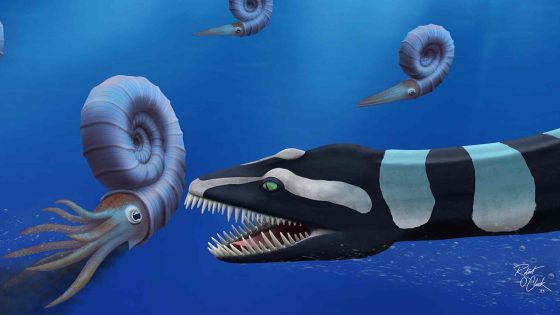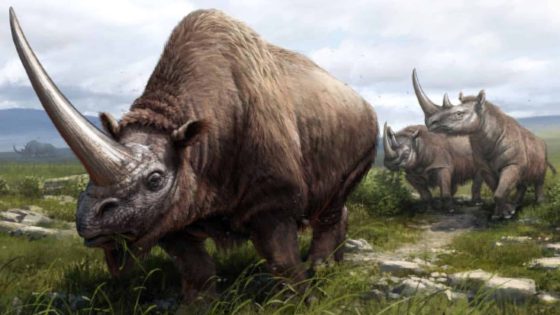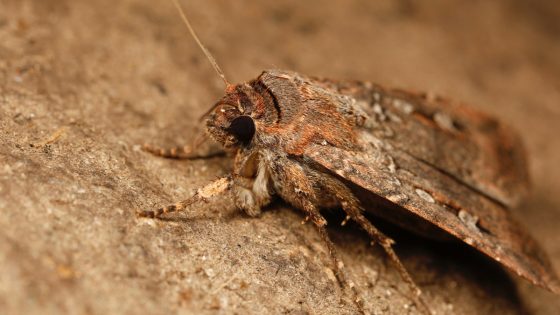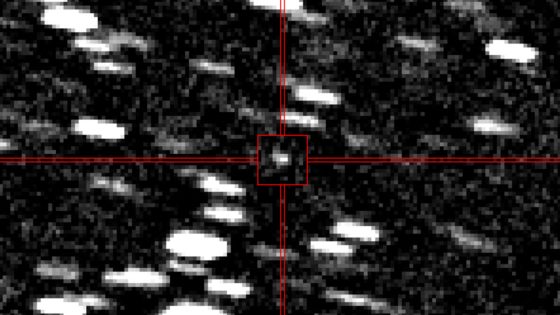A fascinating discovery on Vancouver Island has unveiled a new species of marine reptile, reshaping our understanding of ancient ecosystems. This 39-foot creature, identified as a unique type of plesiosaur, lived around 85 million years ago and exhibits an unprecedented hunting style. Since its initial discovery in 1988, scientists have grappled with its unusual anatomy, leading to significant revelations in 2025-07-17 17:02:00.
- New marine reptile species discovered on Vancouver Island
- Fossil dating back 85 million years
- Unique hunting style identified in elasmosaurs
- Hybrid anatomy challenges plesiosaur classification
- Community involvement crucial in fossil recovery
- Named to honor discoverers and breast cancer advocate
Researchers, led by Professor F. Robin O’Keefe from Marshall University, have confirmed that this predator combined primitive and advanced traits, suggesting a complex evolutionary history. The creature’s anatomy hints at a novel ambush strategy, unlike the typical feeding methods seen in its relatives.
This discovery raises intriguing questions about the diversity of marine life during the Late Cretaceous. How did this creature’s unique features evolve, and what does it tell US about its ecological role? Consider these points:
- It showcases a blend of primitive and derived anatomical traits.
- The hunting strategy indicates a specialized niche within its ecosystem.
- Convergent evolution is evident in its shoulder structure.
As we continue to uncover the mysteries of ancient life, each discovery like this one paves the way for deeper insights into the evolution of marine reptiles and their environments.
































